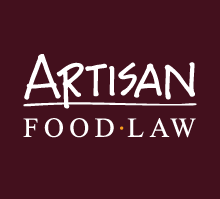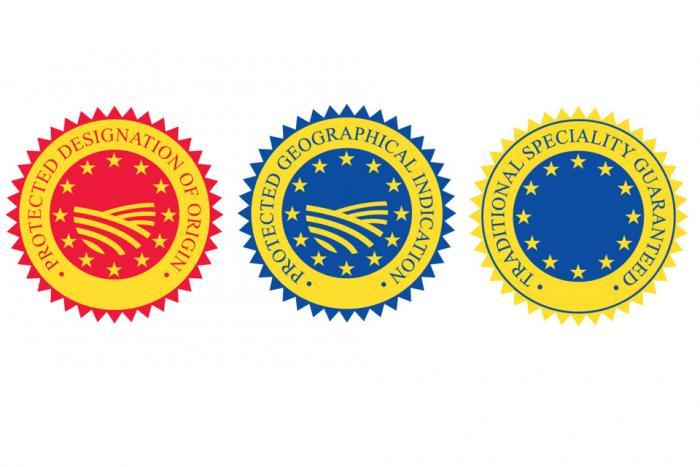Protected food names in a no-deal Brexit
Among the Government’s latest no-deal technical notices published on 24 September is a short one on Producing food products protected by a ‘geographical indication’ if there’s no Brexit deal. It claims to set out the future in a no-deal scenario for those foods now protected by a geographical indication (GI), those now aspiring for protection and what may come to pass in the long term.
The briefing contains little of substance, barely a page-and-a-half on the proposals and virtually no detail, making much of an intention to consult on a new UK scheme. It begs the question what was the point in publishing such an unhelpful notice?
The issue has become a bargaining chip in the Brexit negotiations and so this technical notice has to be viewed in this context, it may not even be a serious proposal, it doesn’t read like one, more likely a tool for use as leverage in the negotiations given the importance of protected food names in the EU. There are only 86 in the UK and almost 3,500 in the rest of the EU. The EU 27 have made it clear that recognition of EU protected food names must be settled as a part of the Withdrawal Agreement.
UK GIs – Arbroath Smokies, Armagh Bramley apples, Stilton cheese, Melton Mowbray Pork Pie, Lakeland Herdwick, Cornish Pasty, London Cure Smoked Salmon, Fal Oysters and many others - are currently protected from imitation and evocation throughout the EU and under free trade agreements entered into by the EU (which will not, despite what the technical notice says, continue under a no-deal Brexit). Since GIs, as the briefing acknowledges, “together make up a quarter of the value of UK food and drink exports” continuing recognition is essential if a damaging loss of exports is to be avoided.
The only details set out in the briefing for a UK GI scheme are that it will be WTO TRIPS compliant, mirror the current EU regime and be no more burdensome.
All 86 current UK GIs would be given the new status automatically, but it would not be recognised outside the UK. Yet another collection of food logos would replace the EU logos which, given the latter has taken 30 years to gain any traction with consumers, would lack any credibility and simply be a source of consumer confusion for many years to come. The last thing we need is more food logos.
Existing GI products would have to re-apply to the EU as a third-party country (already possible under the EU scheme) for EU recognition and, if granted at the end of a long and expensive bureaucratic process, use both the UK and EU logos. Far from being “no more burdensome” the level of bureaucracy is significantly increased and further compounded with dual ongoing assurance and compliance arrangements.
Trade mark protection using EU collective or certification marks registered with the EU Intellectual Property Office is also, the technical notice advises, to be considered as an alternative way forward but:
- Multiple trade mark applications are costly.
- Trade marks are a form of intellectual property which create private rights to protect distinctive graphic representations, not traditional methods of production, and enforcement involves an expensive legal process.
- GIs are freely available to any producer who complies with the specification for the food product and are enforced by local trading standards.
In short, they are not alternatives. Some GI food and drink products are also trade marks, for example, ‘Stilton Cheese’ and ‘Scotch whisky’ but the producers of these products have substantial resources to protect their products and recognise that a trade mark offers an additional, not alternative, form of protection.
The final belt-and-braces piece of advice offered in the technical notice is that producers seek legal advice. If only the largely small-scale producers of GIs were able to do so with all the additional costs this would entail.
If this is a serious proposal, it is a dog’s breakfast. More seriously, it is an insult to the many food producers who have worked hard to secure well-deserved recognition under the EU scheme for the protection of GIs. It appears they are being used as pawns in a high stakes Brexit negotiation.
Mutual recognition under all but identical schemes using the same logos is the only sensible way forward – and one with a win-win outcome.





